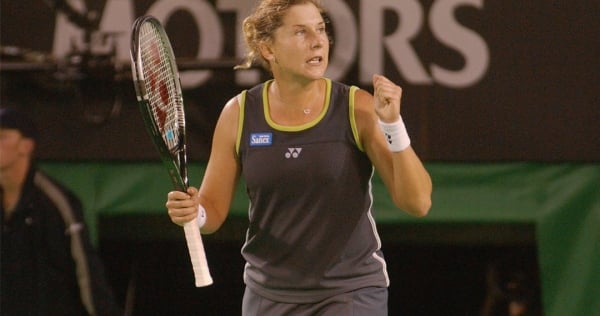“I was thinking back to when Monica won the epic AO 1993 final against Graf, when she’s down in the second set and she fired a 164km/h ace down the middle, which was the fastest serve of the match,” said Petkovski, referencing another full match ausopen.com revisited.
“That was seen as a bomb in those days. And then [in this match] Venus is serving at 192km/h against Monica.
“Nine years on, it spoke to the new athletic level that the Williams sisters brought to the game. And to Monica’s credit, even against the biggest serve that we’d seen, she was still standing inside the baseline to fire her returns.
“She knew she could not afford to be put on the defensive. Once her movement was involved, and she was forced to take a second hand off the racquet, then she was playing defensive ball and she wouldn’t survive against Venus.”
Deep in the third set, Williams staged one final surge, arriving at 0-40 when Seles was serving with a 4-3 lead.
Seles erased all three break points to move ahead 5-3, then broke Williams to complete a famous triumph.
Martina Hingis ultimately ended her run in a thrilling semifinal, the last time Seles would advance that deep at a major tournament.
A few weeks later, Williams debuted at world No.1, and avenged her AO defeat to Seles at both Roland Garros and the US Open later that year. She also beat Seles at the 2002 WTA Finals, meaning this remains Seles’ only victory against Williams in 10 career meetings.
By the time 2003 rolled around, Seles was contending with a foot injury, falling in the second round of the Australian Open to qualifier Klara Koukalova.
She then lost in the first round of Roland Garros to Nadia Petrova – the last professional match of her career.
